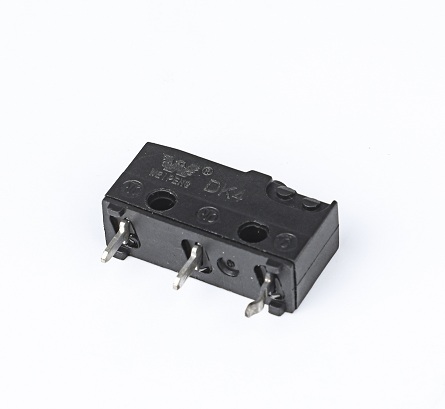Navigating Tight Spaces: The Ingenious Mini Switch Design in Automotive Applications
2024-01-11
Introduction:
In the ever-evolving landscape of automotive engineering, the quest for efficiency extends even to the tiniest components. Enter the mini switch – a compact yet powerful element that plays a pivotal role in the intricate dance of a car's electrical system. In this blog post, we'll delve into the art and science behind how the mini switch design ingeniously accommodates the often challenging space constraints in automotive applications.
1. Miniature Marvels: Understanding the Mini Switch Design
a. Compact Dimensions:
Mini switches are meticulously crafted with dimensions that defy their functional capabilities. The miniature size allows these switches to be seamlessly integrated into various components without adding bulk or complexity to the overall design.
b. Lightweight Construction:
To maximize adaptability, mini switches are designed with lightweight materials. This not only ensures that they occupy minimal space but also contributes to the overall weight efficiency of the vehicle.
c. Modular Configurations:
The modular design of mini switches allows for easy integration into complex systems. Whether embedded in door lock mechanisms, brake pedal assemblies, or other critical areas, their modular nature ensures adaptability to various spaces within the vehicle.
2. Tailored to Fit: Mini Switches and Space Constraints
a. Strategic Placement:
Mini switches are strategically placed in areas where space is at a premium. Whether nestled within the confines of a door assembly or residing near the brake pedal, these switches are positioned to optimize functionality without compromising the vehicle's overall design.
b. Customizable Form Factors:
The design of mini switches often allows for customization in form factors. This adaptability ensures that the switches can conform to the specific spatial requirements of the components they are integrated into, offering flexibility in design and installation.
c. Multi-directional Actuation:
Mini switches are engineered to allow multi-directional actuation, enabling them to fit into tight spaces with varying orientations. This versatility ensures that they can be seamlessly incorporated into diverse components within the vehicle.
3. Precision Performance: The Secret Sauce of Mini Switches
a. Tactile Feedback:
Despite their small size, mini switches often provide tactile feedback, allowing for precise and responsive user interaction. This feedback ensures that the switches can be integrated into user interfaces with accuracy, such as control buttons for windows or door locks.
b. Sealed for Protection:
Recognizing that automotive environments can be harsh, mini switches are often designed with protective seals. These seals shield the switches from contaminants like dust and moisture, ensuring reliable performance in challenging conditions.
c. Robust Construction:
The construction of mini switches emphasizes durability. The use of robust materials ensures that these switches can withstand the mechanical stresses and vibrations inherent in automotive operations, contributing to their longevity and reliability.
Conclusion: Mini Switches as Space-Savvy Pioneers
In the intricate tapestry of automotive engineering, mini switches emerge as space-savvy pioneers, navigating the tight confines of the modern vehicle with precision and grace. Their compact dimensions, modular configurations, and adaptable form factors showcase the ingenuity invested in their design. As automotive technology continues to advance, mini switches stand as testaments to the industry's commitment to efficiency and functionality, proving that even the smallest components play a monumental role in the drive towards automotive excellence.



